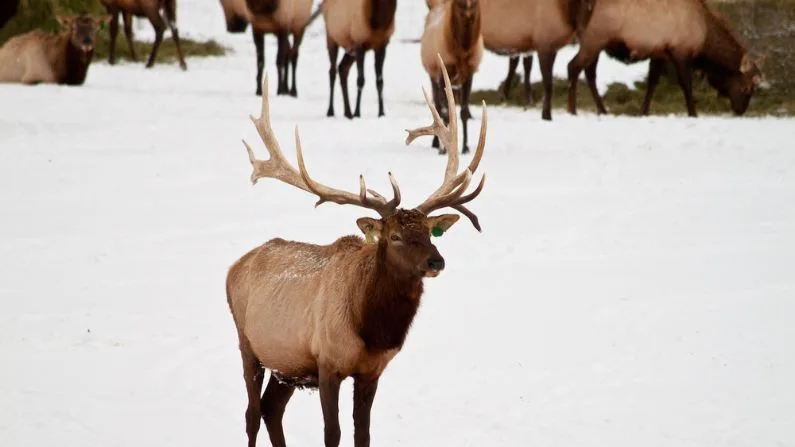This story comes from the Public News Service.
Chronic wasting disease has spread into new territory — Elk Hunt Area 28 near Lander, according to Wyoming Game and Fish.
The discovery comes on the heels of a new report meant to help wildlife managers decide how to go forward with two winter feed grounds, which are widely viewed as potential CWD super spreader sites, in Bridger-Teton National Forest.
University of Wyoming Professor Brant Schumaker said continuing feed grounds could help keep elk populations relatively high in the short term.
“But if it does lead to increased chronic wasting disease,” said Schumaker, “then at the 20-year mark we may see lower elk populations and less opportunities for hunters than if we made a longer range decision to close feeding.”
He added that the benefit of higher elk populations even in the short term will be limited, because most hunters are out to harvest meat. Scientists strongly discourage hunters from eating meat from infected animals.
The state’s powerful livestock sector has long opposed phasing out feed grounds, claiming that elk will raid food stores and put livestock at risk of communicable diseases including brucellosis.
Schumaker said he’s sympathetic to ranchers working on small profit margins who don’t have the resources to protect their herds.
But he said there are tools available to ensure elk stay away from feed stores and reduce the risk of disease.
“Many of the landowners in our highest risk areas are already doing a lot of those things,” said Schumaker. “Namely fencing their hay stacks, hazing elk, fencing in some of their pastures.”
Feeding wild animals has never been considered a best practice for wildlife management.
But Schumaker said it has been a challenge to change a practice that was launched in 1909, when people were seeing elk starving in winter and wanted to prevent large scale die offs.
“What it’s turned into though, is we’ve relied on these feed grounds to keep elk above their natural carrying capacity, so that we have abundant populations to hunt and to enjoy seeing,” said Schumaker. “And there has been some negative consequences of doing so.”






